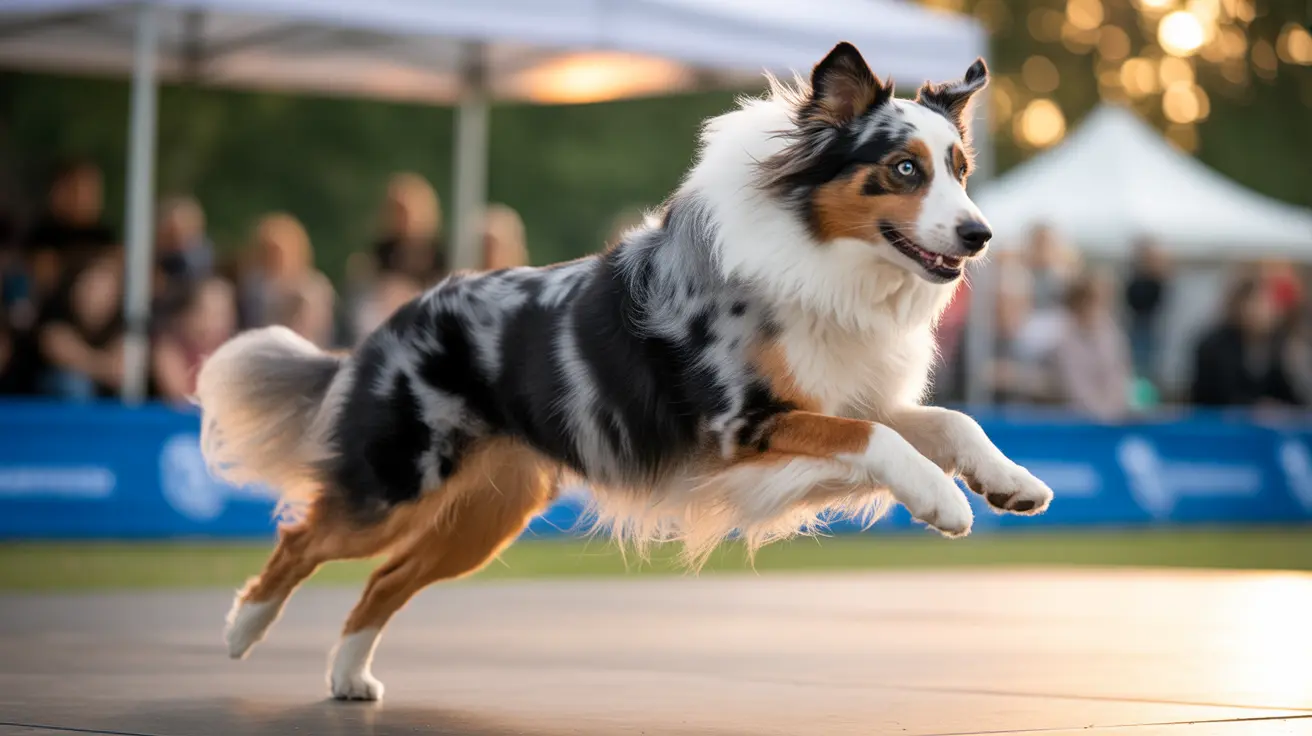How to Completely Eliminate Dog Urine Odor
Dog urine smell in carpets, floors, and fabrics is a persistent problem for pet owners. The issue goes beyond simple unpleasant odors—dog urine contains pheromones that may cause repeated marking in the same spot. Additionally, urine contains bacteria that produce ammonia, increasing the intensity of the smell. However, with the right techniques and cleaning solutions, these odors can be permanently removed.
Understanding Why Dog Urine Smells
Dog urine releases ammonia and pheromones once it soaks into flooring, upholstery, or other porous materials. Over time, if not cleaned properly, the odor becomes stronger as bacteria break down the urine compounds.
Step-by-Step Guide to Eliminating Dog Urine Smells
1. Locate and Assess All Affected Areas
- Use a UV or black light urine detector to uncover hidden urine spots on carpets, walls, or furniture.
- Mark affected areas to ensure no spots are missed during cleaning.
2. Clean Fresh Urine Stains Quickly
- Carpet and Fabric: Blot the puddle with paper towels, rinse with cool water, and continue blotting. Avoid rubbing.
- Hardwood and Other Surfaces: Blot dry immediately, then use a cleaner suited for hard surfaces.
DIY Cleaning Solutions
For Carpets:
- Mix 1 cup white vinegar, 1 cup water, and 2 teaspoons baking soda in a spray bottle. Spray, wait a few minutes, blot.
- After cleaning, sprinkle baking soda, let sit overnight, and vacuum thoroughly.
For Hardwood Floors:
- Use a one-to-one solution of vinegar and water. Apply with a sponge, let sit for 5–10 minutes, and dry well. Always test first.
- If odor persists, apply baking soda for several hours, then vacuum.
Why Enzymatic Cleaners Are Key
Enzyme-based cleaners break down the proteins in urine that cause odors. Most pet stores carry these specialized products. To use them:
- Apply generously to the affected area.
- Ensure the area stays damp for the full reaction time per manufacturer’s instructions.
- Repeat treatment if odors linger.
In severe cases, these cleaners can be injected below carpet layers to eliminate urine from padding or subfloor materials.
Handling Dried or Set-In Urine Stains
- Wet the area with plain water and use a wet-dry vacuum to extract moisture.
- Apply enzyme cleaner and keep the treated area covered and damp overnight.
- If urine reached the carpet pad or subfloor, you may need professional assistance or to replace sections of material.
Additional Odor Control Methods
- Use HEPA and carbon filter air purifiers to neutralize airborne odors.
- For challenging smells, ozone generators may be used with proper safety precautions.
- Professional carpet or upholstery cleaning may be necessary for stubborn cases.
Laundry Tips
- Wash fabrics like dog beds or pillow covers with enzymatic laundry additives in addition to detergent.
- Persistent odors may require professional dry cleaning services.
Preventing Re-Marking and Accidents
- Thoroughly cleaning and eliminating scent trails reduces repeat accidents.
- Reward pets for using proper elimination areas and consult trainers for behavioral issues.
- If accidents continue, consult a veterinarian to rule out medical conditions.
Common Challenges and Mistakes
- Avoid cleaners with ammonia—it can mimic the smell of urine and attract repeat marking.
- Do not steam clean urine stains; heat can permanently set the odor.
- In cases of deep or extensive contamination, replacing affected materials may be necessary.
Consumer Recommendations
Popular and effective enzymatic cleaners include:
- Nature’s Miracle
- Angry Orange
- SCOE 10X
Consumers emphasize the importance of saturation—products must reach all layers where urine penetrated. Applying enzyme cleaners liberally and letting them sit is crucial. Some cleaners may have strong residual scents; ventilation may help.
Conclusion: Does Dog Urine Odor Ever Go Away?
Yes, dog urine odor can be permanently removed with appropriate cleaning methods. Timely action, the use of enzyme-based cleaners, and proper identification of all affected spots are key. In severe cases, professional cleaning or replacement of materials may be the best option. With the right approach, your home can be free from lingering pet odors.





